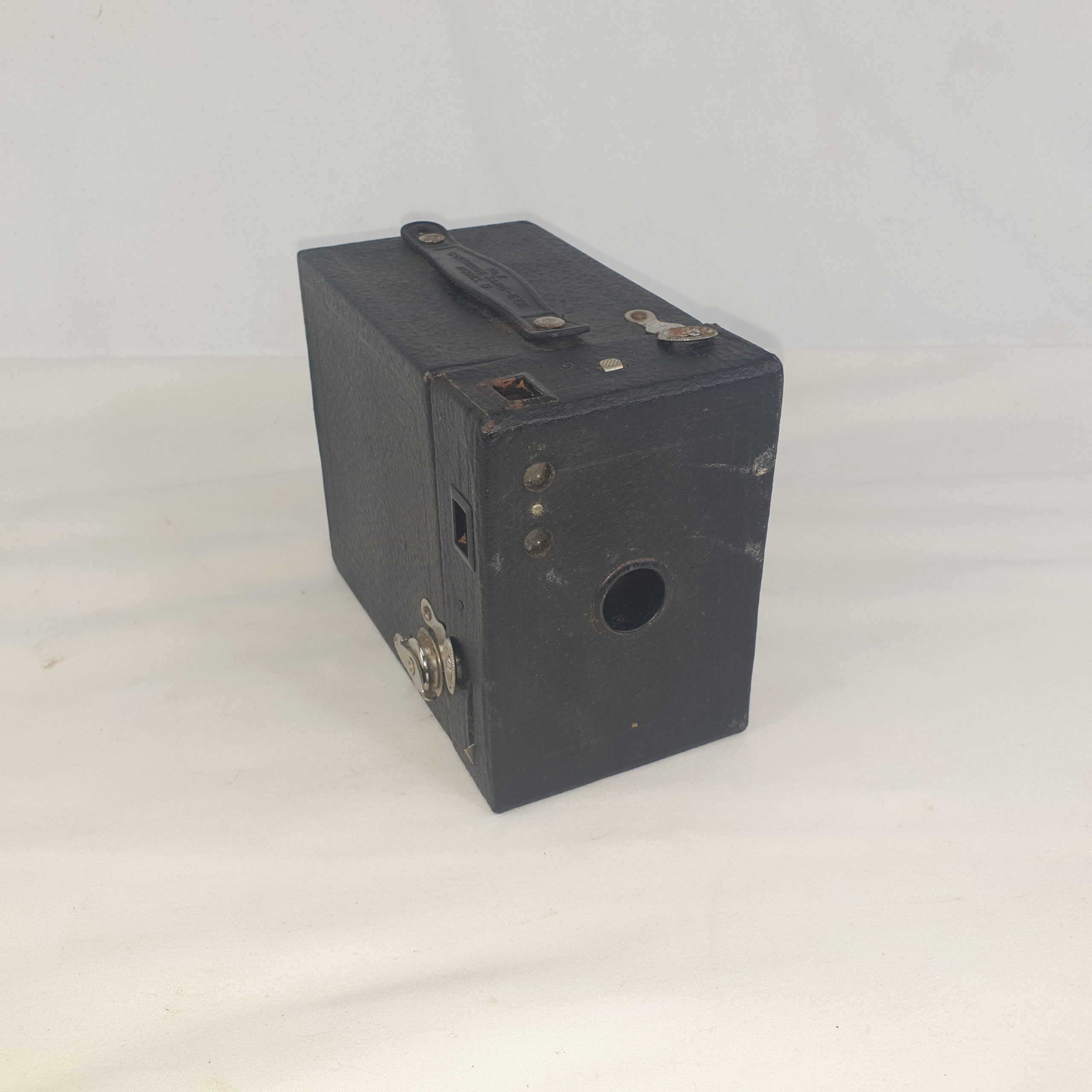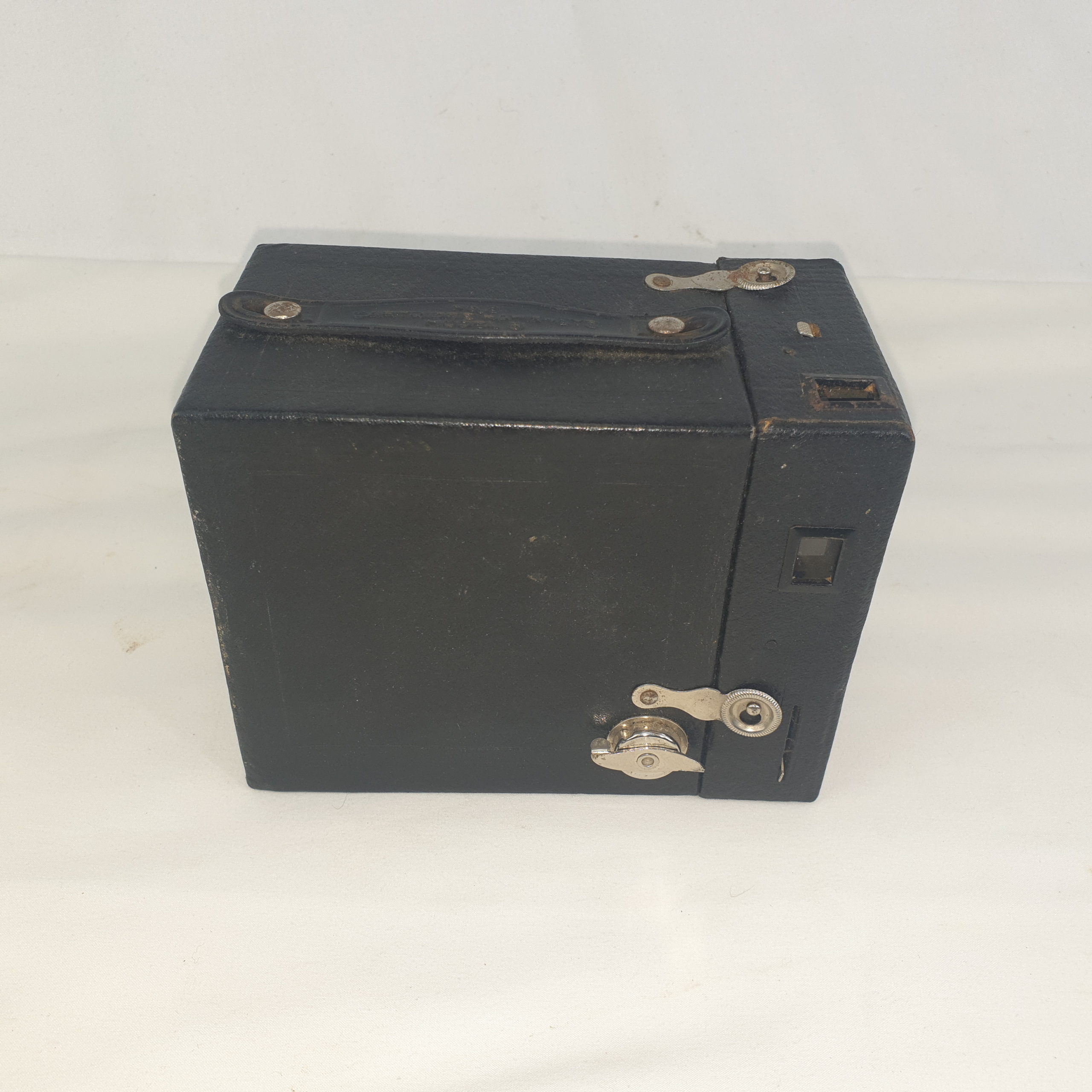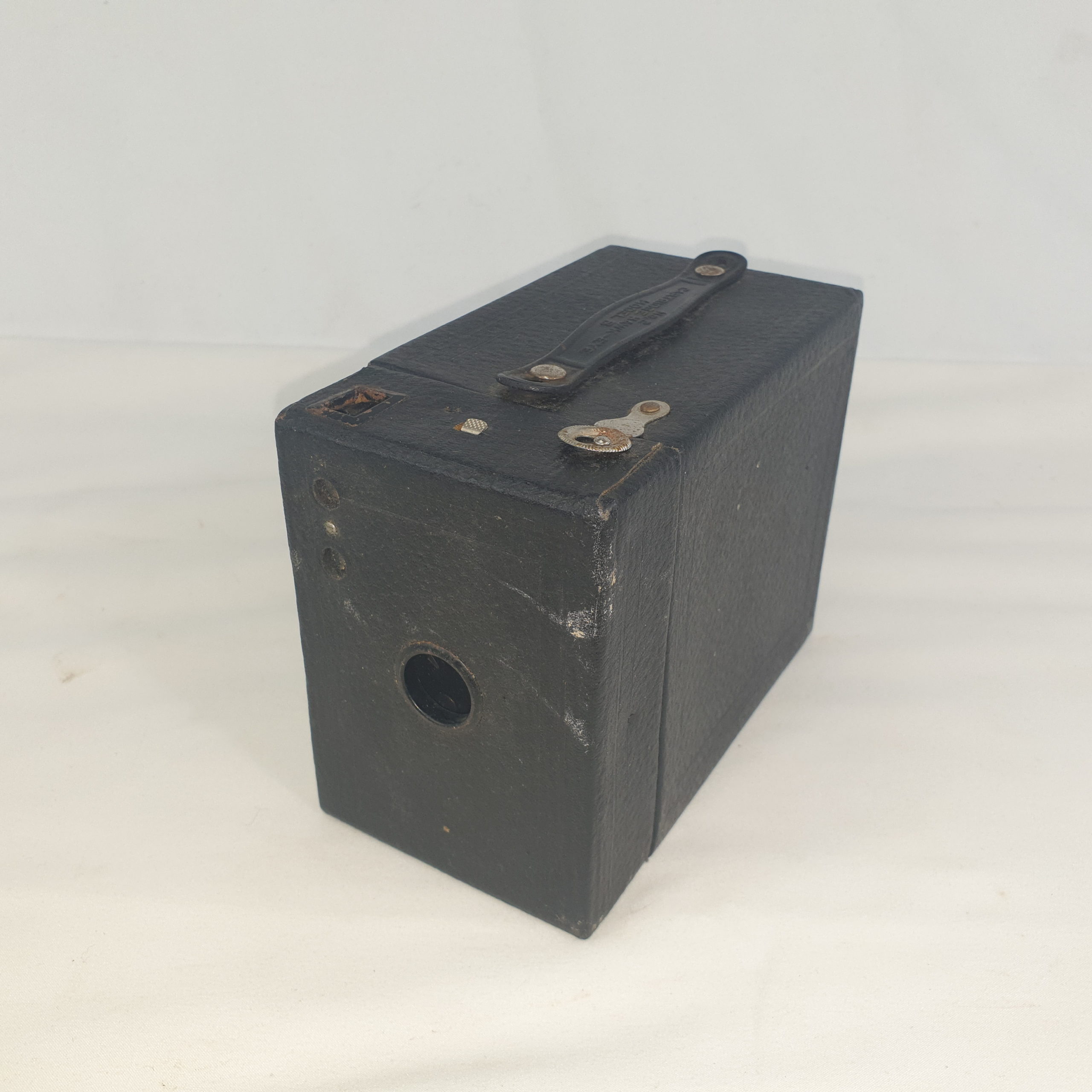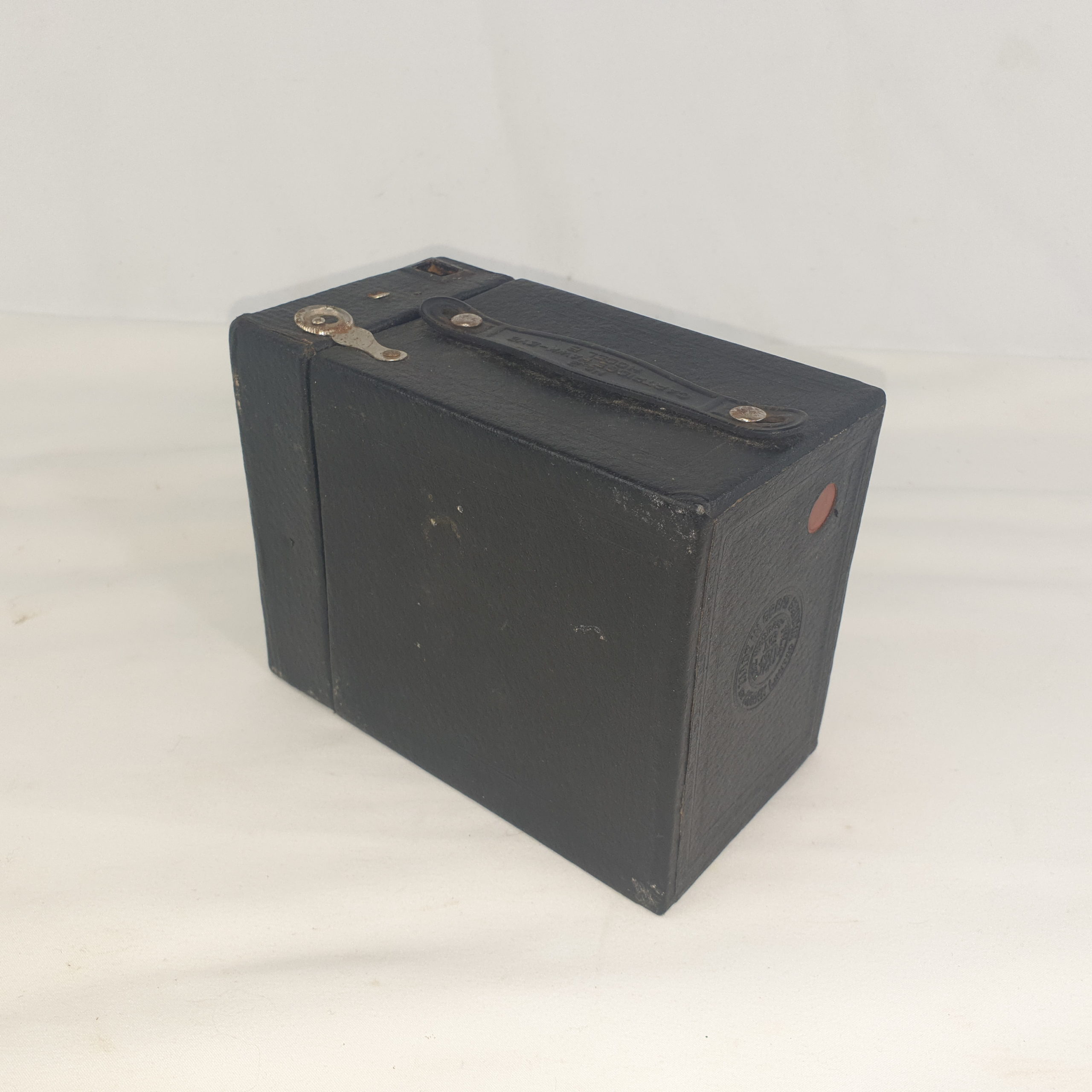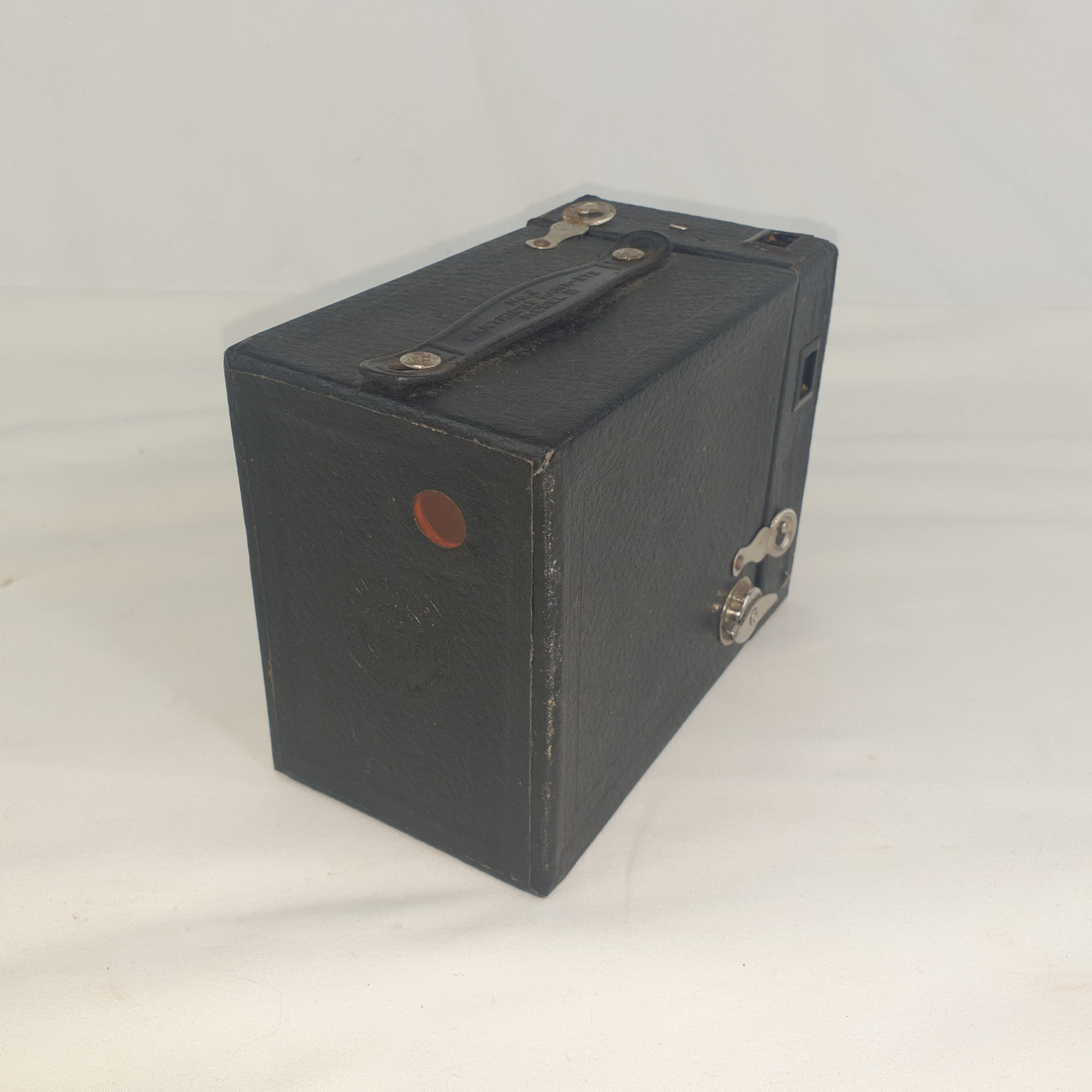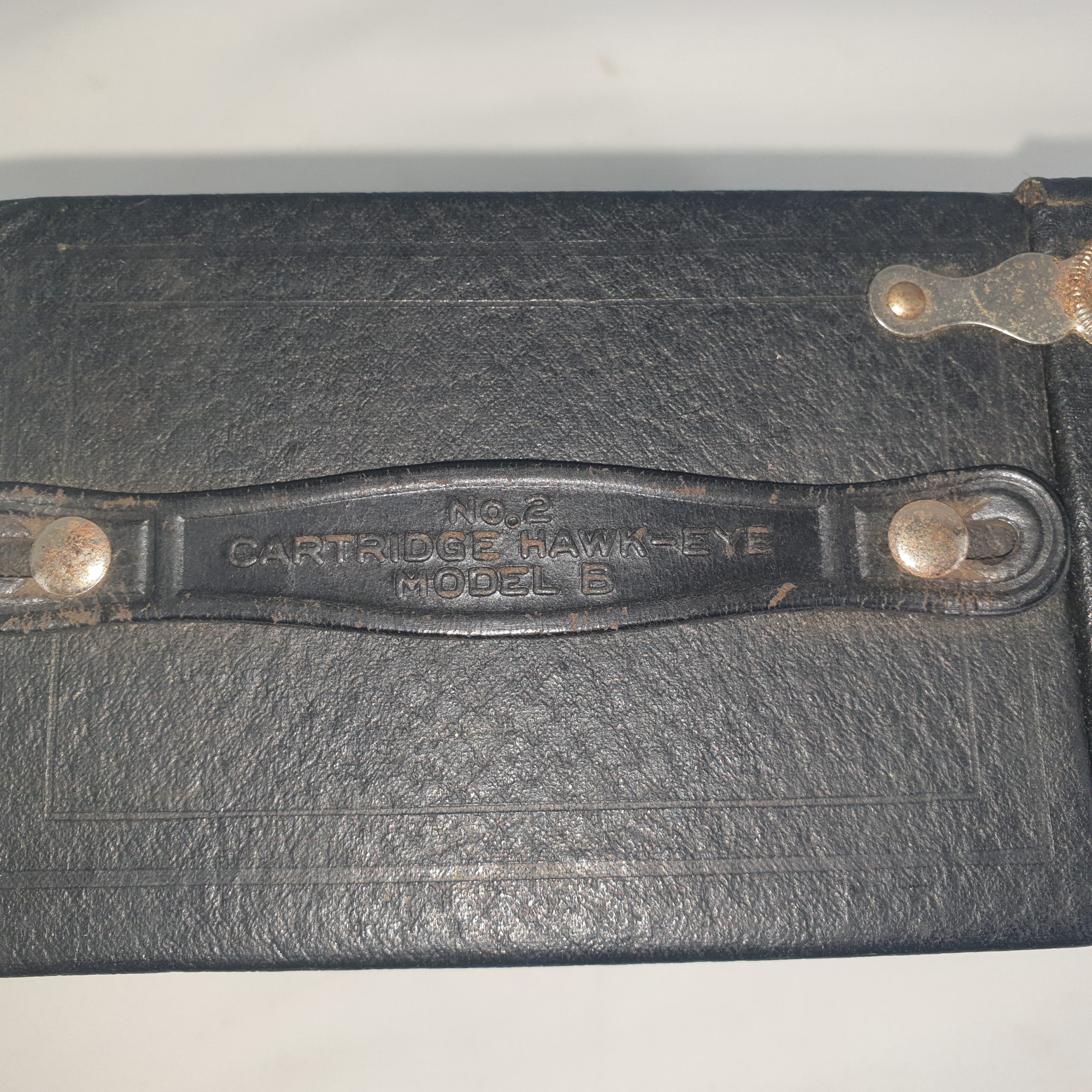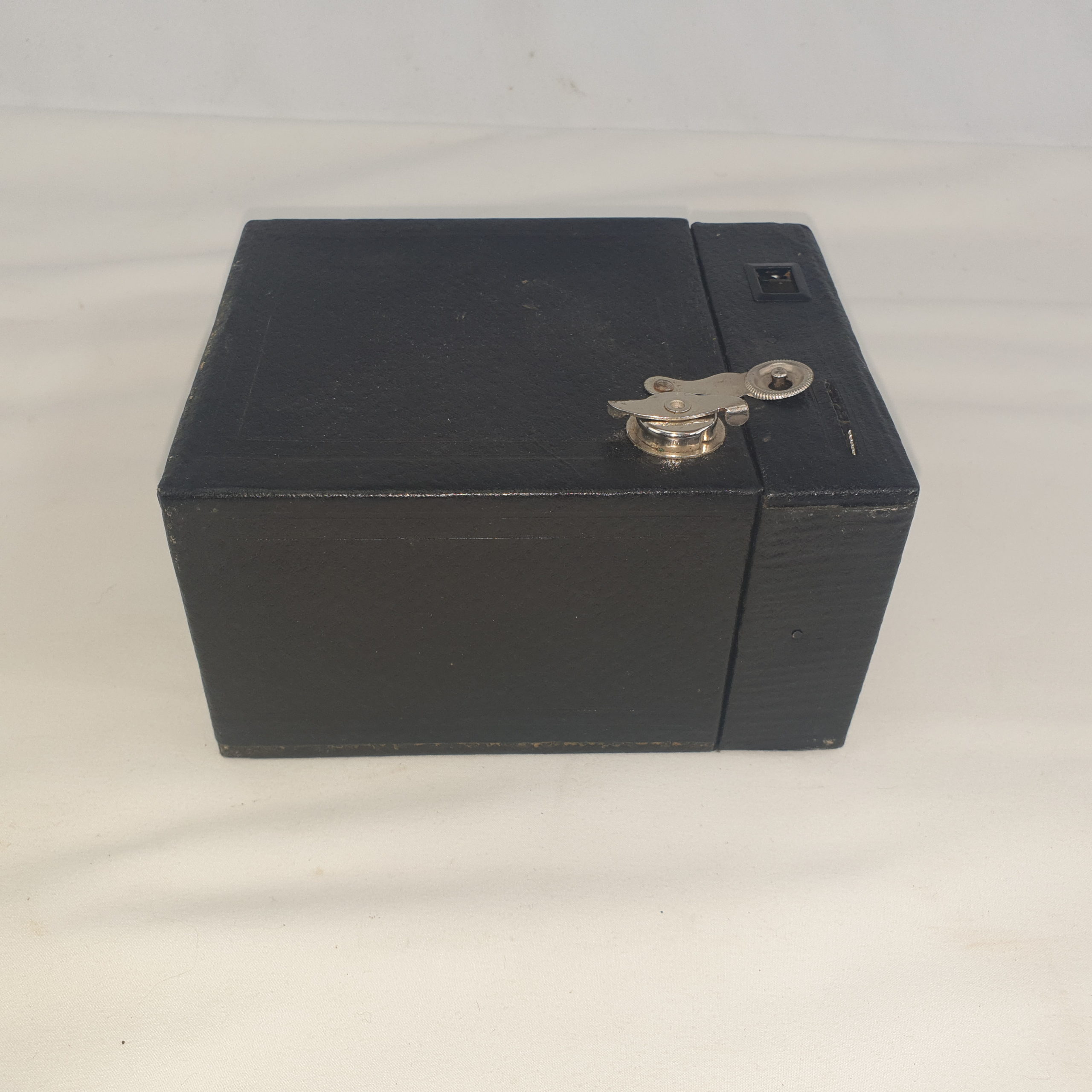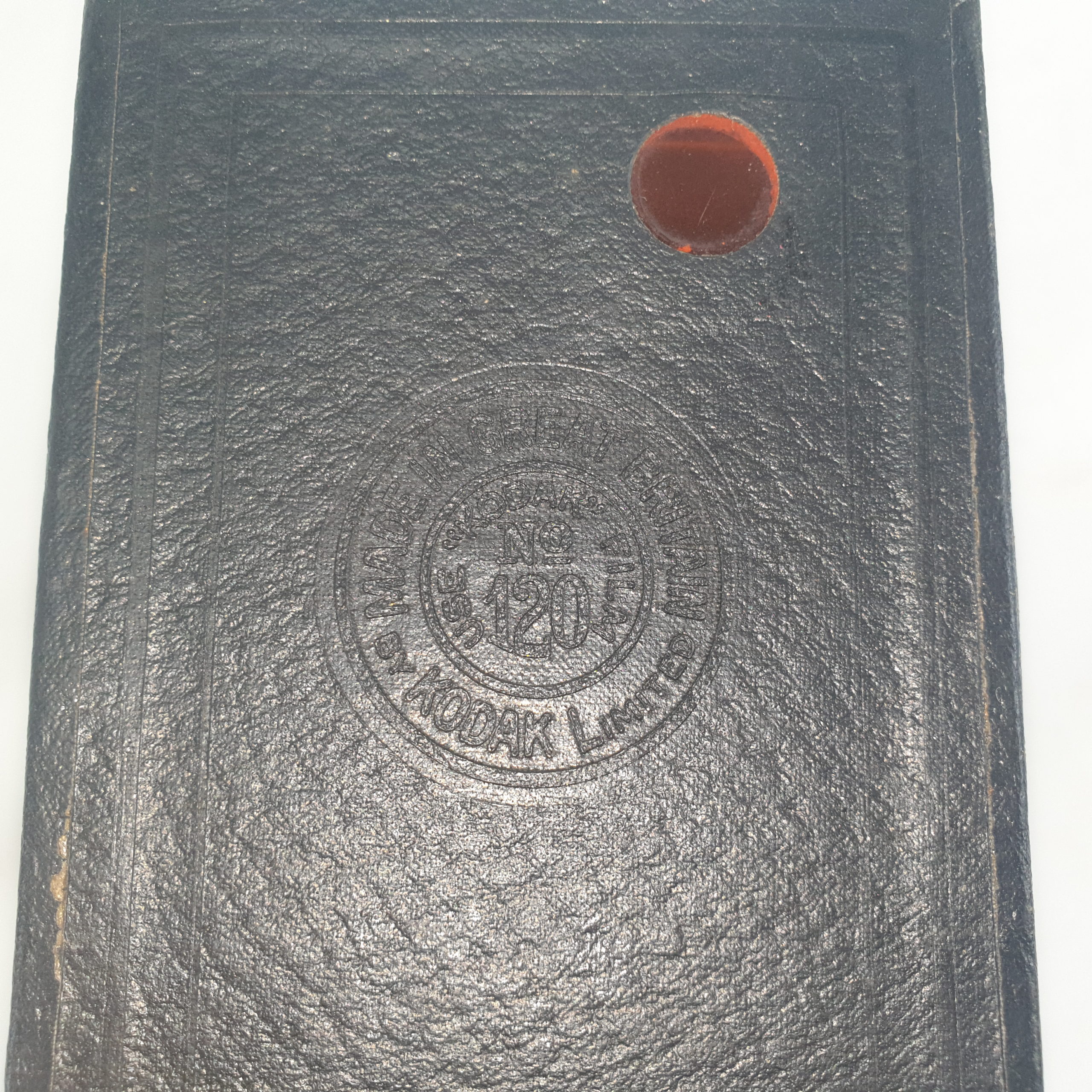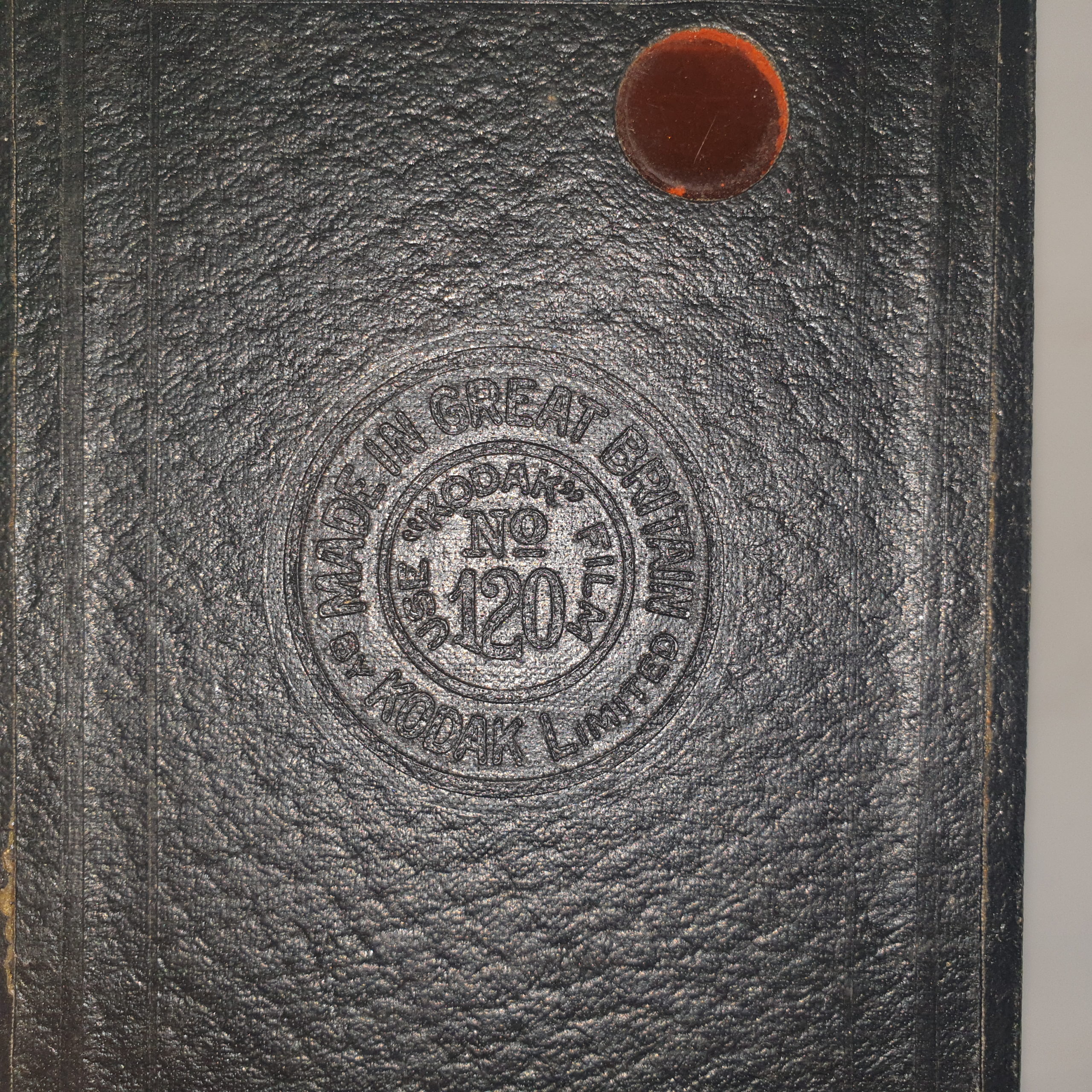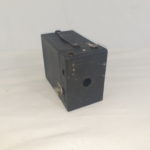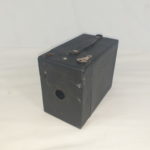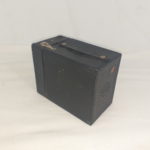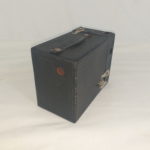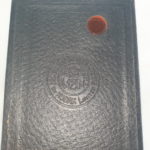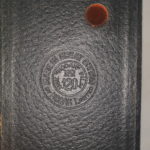~ Kodak Brownie No 2 120 Film Camera ~
No 2 Cartridge Hawk-Eye Model B
The Kodak Brownie No. 2 is an iconic camera that played a significant role in making photography accessible to the general public. It was produced by Eastman Kodak Company from 1901 to 1935 and became one of the most popular cameras of the early 20th century.
History:
Introduction:
The Kodak Brownie No. 2 was introduced in 1901 as an improvement and successor to the original Kodak Brownie camera, which was first released in 1900. The Brownie series was named after the popular Brownie characters created by Canadian illustrator Palmer Cox.
The camera was designed to be simple, affordable, and easy to use, aimed at the general public, including children and amateur photographers. The introduction of the No. 2 model helped solidify Kodak’s dominance in the consumer photography market.
Production Period:
The Kodak Brownie No. 2 was produced continuously from 1901 to 1935, making it one of Kodak’s longest-running models. It went through several design iterations and improvements during its production life, with various models labeled from “Model A” to “Model F.”
Significance:
The Brownie No. 2 was the first camera to use 120 roll film, which became a standard film format and is still in use today in medium format photography.
By making photography affordable and accessible, the Kodak Brownie No. 2 played a crucial role in popularizing snapshot photography, allowing ordinary people to document their lives in a way that had previously been reserved for the wealthy or professional photographers.
Description:
Body:
The Kodak Brownie No. 2 has a simple, box-like design, characteristic of early box cameras. It was typically made from cardboard covered in leatherette or, in later models, metal with enamel paint.
The camera’s dimensions are approximately 5 inches tall, 3.5 inches wide, and 4 inches deep, making it relatively compact and portable for its time.
Lens and Shutter:
The camera is equipped with a simple meniscus lens with a fixed aperture, designed to provide sharp images in a wide range of lighting conditions. The lens had a focal length of around 100mm, producing images with a characteristic soft focus.
The Brownie No. 2 has a rotary shutter with a single speed of about 1/40th of a second, as well as a “T” (Time) mode for long exposures. This simplicity made the camera easy to use for amateur photographers.
Film Format:
The Kodak Brownie No. 2 used 120 roll film, which allowed for eight exposures per roll, each measuring 2.25 by 3.25 inches (6×9 cm). This large negative size was one of the key features that contributed to the camera’s popularity, as it produced relatively large, sharp images.
The camera was designed with a red window on the back for advancing the film, where the photographer could see the exposure number printed on the backing paper.
Viewfinder:
The camera has two simple reflex viewfinders, one on the top and one on the side, allowing for both portrait and landscape orientation shots. These viewfinders are small and require the user to look down into them to compose the shot.
Models and Variations:
Over its production life, the Brownie No. 2 was available in several variations, including different body materials and colors. Early models were made of cardboard, while later versions were metal. Some models featured enamel finishes in various colors, making them visually appealing as well as functional.
The six different models (A to F) saw improvements in materials and minor design tweaks, but all maintained the same basic operational simplicity.
Legacy:
Impact on Photography:
The Kodak Brownie No. 2 is credited with democratizing photography. Its affordability, ease of use, and robust design made it accessible to a wide audience, fostering a culture of snapshot photography that continues to this day.
The camera’s use of 120 film also helped establish this format as a standard, which is still used in professional medium format photography today.
Collectibility:
Today, the Kodak Brownie No. 2 is a highly collectible camera, especially in good condition with all original parts. Some models, particularly those with colored enamel finishes, are especially sought after by collectors.
The Brownie No. 2 is often seen as a symbol of the early 20th century and the beginnings of amateur photography, making it an important piece of photographic history.
The Kodak Brownie No. 2 remains an iconic example of early 20th-century camera design, representing a key moment when photography became a widespread hobby for people of all backgrounds. Its simple construction, use of 120 roll film, and long production run are testaments to its success and lasting impact on the world of photography.

